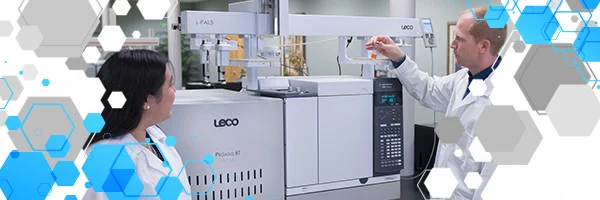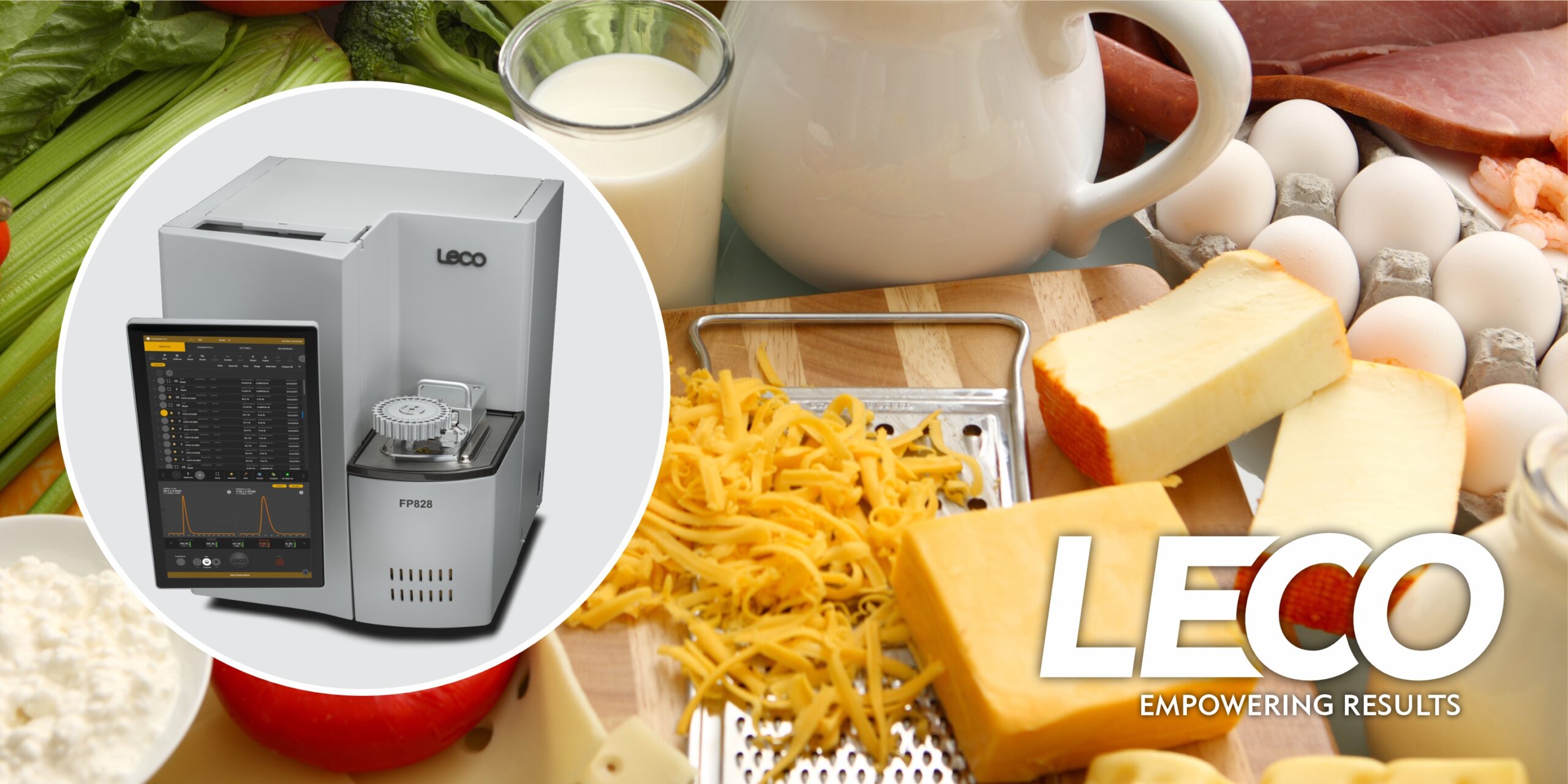With ever-increasing demands on your time and resources, optimizing your workflow is essential. Learn how state of the art instrument and software solutions come together, to enhance your one- and two-dimensional gas chromatography applications (GC-MS and GCxGC-MS) in a collection of short webinars presented on Wednesday, November 30. These webinars will be presented twice for ease of international audiences.

| First Session | Second Session |
| 04:00 (UTC +0) 09:30 IST (UTC +5:30) 13:00 JST (UTC +9) 15:00 AEDT (UTC +11) |
15:00 (UTC +0) 07:00 AM PST (UTC -8) 10:00 AM EST (UTC -5) 16:00 CET (UTC +1) |
Webinars to be presented:
Switching to Hydrogen Carrier Gas
With an open ion source design, using hydrogen as a carrier gas for gas chromatography can save both time and money. Analyses are quicker, data quality is effectively the same, and a renewable hydrogen generator can slash the cost of helium. See examples of 1D and 2D method transfer, time savings, and real-life examples of data quality for various environmental and aroma applications in this webinar.
GC-MS Analysis Workflow
Small time savings throughout the workflow can add up to big savings. See aroma and flavor examples of how automated sample prep and elevated Time-of-Flight Mass Spectrometry (TOFMS) analysis, followed by software solutions to compare and evaluate data and results, can save your lab time and resources.
Part I: ChromaTOF® Sync for GC-MS Analysis
Part II: ChromaTOF® Tile for GCxGC-MS Analysis
Discovery Workflow Best Practices
When you don’t know what you’re looking for, as is often the case with environmental contaminants and pollutants, the task can seem daunting, but high-resolution TOFMS and GCxGC is a powerful combination for non-target searches. With the tools included with the Pegasus® HRT+4D and the Multi-Mode Source™ (MMS™), identification of unknowns can be vastly improved and assigned higher confidence.





